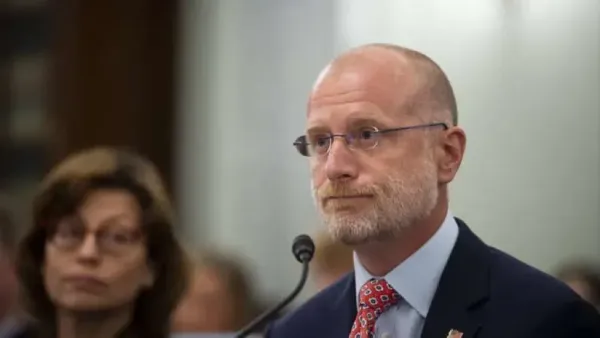Update from the FCC’s July Open Commission Meeting
WASHINGTON, Thursday July 19, 2012. As part of its July Open Commission meeting, the Federal Communications Commission gave an update of its Measuring Broadband America report. This follow-up was the result of further collection of data from the over 7,000 measurement devices given to volunteers a
Daniel Havivi
WASHINGTON, Thursday July 19, 2012. As part of its July Open Commission meeting, the Federal Communications Commission gave an update of its Measuring Broadband America report. This follow-up was the result of further collection of data from the over 7,000 measurement devices given to volunteers around the United States, and to show how the initial report affected Internet Service Providers’ broadband offerings.
The round of testing conducted in April 2012 included measurements taken from consumers using DSL, cable and fiber. The thirteen ISPs that were tested serve approximately 80% of broadband users in the country. The latest round of testing showed significant improvement in both ISP speed and accuracy of advertised speeds, even at peak hours – between 7:00 PM and 11:00 PM on weeknights.
At peak times, five ISPs now provide speeds at or exceeding 100% of their advertised speeds, compared to only two ISPs in the March 2011 testing. Also, the accuracy was not improved by a decrease in advertised speeds, but rather by improved network performance. All three technologies for delivering broadband improved from the previous testing round, though ISPs were generally more accurate in their upload than download speeds.
The report noted that consumers are adopting faster tiers and greater speeds. The average user’s tier speed was 11.1 Mbps in March 2011, but that increased almost 30% to 14.3 Mbps in April 2012. Actual speed increased even more because users adopted higher tiers, jumping from 10.6 Mbps to 14.6 Mbps, nearly 38%.
The adoption of higher tiers means that users could consume more data – whether by higher overall Internet usage or by more use of data-intensive applications. In last year’s testing, the highest speed offered was 35 Mbps, this year seven ISPs offer speeds of 50 Mbps or greater, with four of those offering speeds of at least 100 Mbps in some areas.
The Commission applauded this improvement in speed and capacity and advance towards the goals of the National Broadband Plan. However, the Commission noted that this exponential increase in speed and data consumption will have to result in corresponding increase in data caps to keep pace with user demand. The Commission also lauded the August previous report for fueling competition among the ISPs, whether it was the higher performers touting their success or the lower performers increasing their speeds.
Another round of testing which will include satellite broadband data is scheduled for the fall, with a report to be delivered in late 2012. The July 2012 report can be found at http://www.fcc.gov/measuring-broadband-america/2012/july.









Member discussion